Illustrious Faculty Members Retire
“Working at Marlboro College has been a wonderful experience—one in which the learning environment is a shared adventure,” says Cathy Osman, visual arts professor. Like all great adventures, this one is sadly coming to an end for Cathy and three other esteemed and beloved colleagues—Tim Segar, Jay Craven, and Lynette Rummel—who will retire next year.
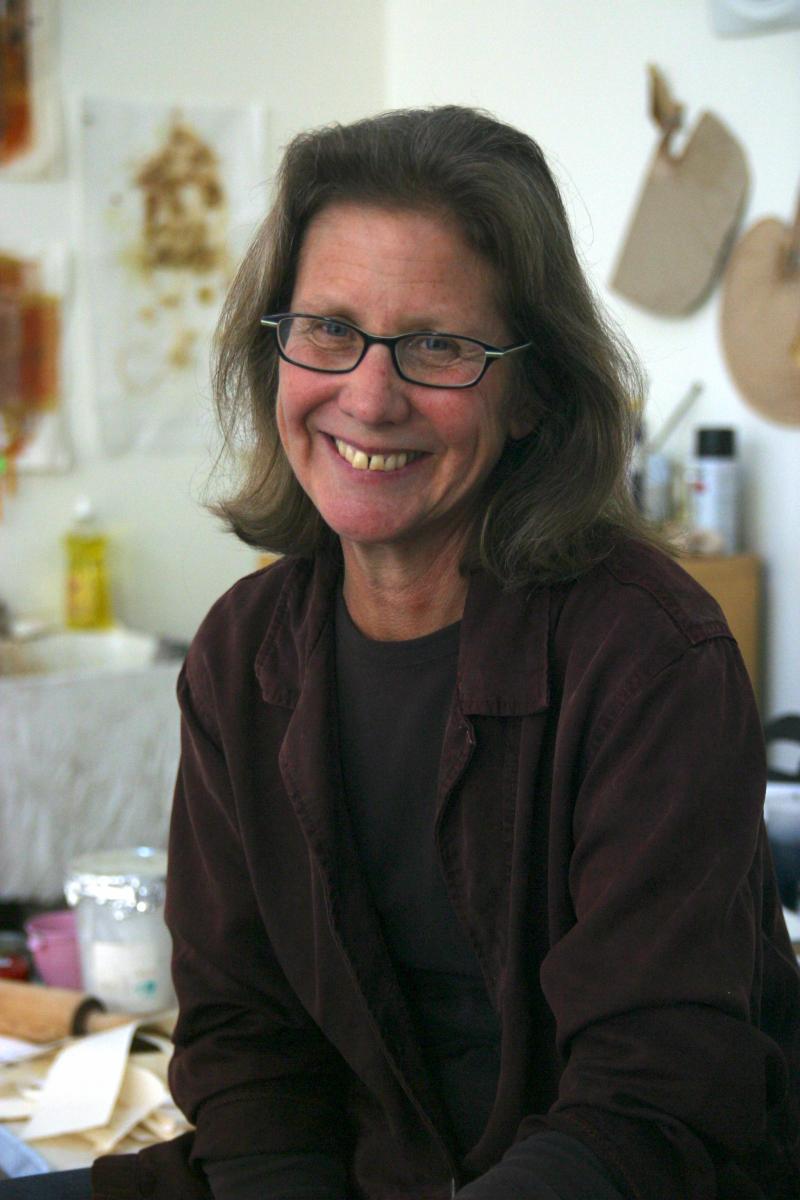
Cathy came to Marlboro in 1997, and has been instrumental in the evolution, expansion, and sustained strength of the visual arts within the Marlboro curriculum. She enjoyed the close collaboration between herself and students as well as the unique ability to know her students both personally and professionally.
“Cathy is the real deal as an artist and teacher,” says Mara Eagle ’12, an artist based in Montreal and pursuing an MFA at Concordia University. “She is rigorous, playful, serious, adventuresome, patient, and deeply caring. Her commitment to making, looking, and questioning in her own artistic practice is equaled by her commitment to her students. “
“I can honestly say my relationship with my students has been a partnership, built on mutual respect, curiosity, and trust,” says Cathy. “What could be more rewarding than this?”
“As an artist and a teacher, I still draw upon my time with Cathy in terms of how I approach critique and discourse around art,” says Rafael Kelman ’09, who received his MFA from Hunter College and is currently an artist working in New York City. “Whatever the nature of a given critique, she always made it clear that she respected me as an artist and she respected the work I was showing her…as long as I respected it myself.”
“Through each step of inquiry, action, and commitment, she taught me to make, take it apart, do and undo; she wanted me to be fluent in my own visual language and to find my own voice,” says Marta Willgoose ’01, a Marlboro trustee, artist, and consultant for non-profits. “I’ve used this practice in countless aspects of my work and life as an artist, a professional, a mother, and a citizen of humanity.”
Cathy especially enjoyed the sense of shared discovery on several international trips, beginning with a faculty-led trip to Cuba, two trips to Vietnam, and two trips to Mexico. Her deepest connection has been in Cambodia, where the art faculty has sustained a deep relationship and she has participated in four faculty-led trips over the years.
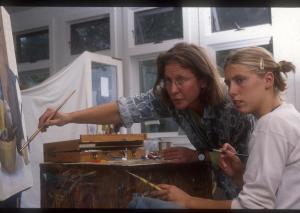
Despite the rigors of teaching, committee work, and other responsibilities of being a faculty member, Cathy was also able to actively maintain her own practice as an artist, and exhibited frequently in the region. In 2014 she was awarded a Vermont Arts Council “creation grant” to support a body of work addressing her experiences in Cambodia and the multifaceted relationship between the U.S. and the Southeast Asian nation.
“Cathy has maintained a sense of being curious and open to the world even though she knows so much about art—that knowledge hasn’t stopped her from exploring new ideas,” says Nina Eslambolipour ’15, who did a body of artwork inspired by the immigrant identity for her Plan. “My favorite part of working with her was knowing the extent of how much care and respect she has for her students and community. Her style really allowed me to grow and sparkle.”
“Her contributions as a community member are thorough and discerning,” says Zoe Holland ’14, who did her Plan of Concentration on drawing, sculpture, and animation. “She doesn’t stop thinking. As her student, I always knew Cathy was being honest with me, with her critique and her friendship. She’s a treasure.”
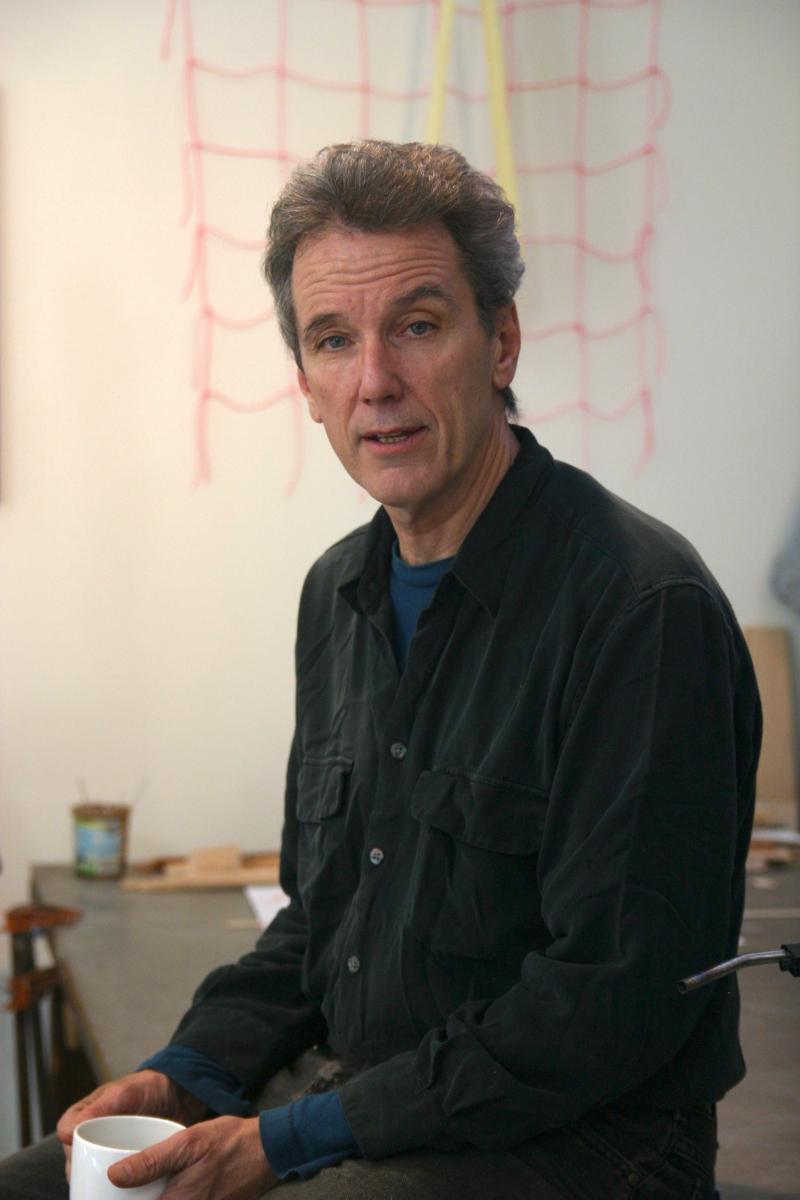
Tim Segar, another treasure and Cathy’s husband, had been teaching for 14 years before coming to Marlboro in 1998, but was surprised at how different the experience of teaching here was. He found he had to re-invent himself as a teacher.
“Here it was not enough to teach to a given group of students—rather I found that I had to learn to engage each one,” says Tim, visual arts and environmental studies professor. “The scale and culture of Marlboro allow this to happen. Until coming here, I was unaware of how much of a difference that made, not just in the success of the students but in how much more I enjoyed the work.”
“It was a lucky coincidence that I was able to work with Tim, as he began teaching at Marlboro during my last semester,” says Chris Oliver ’99, who now helps run the studios at Cornell’s College of Architecture, Art, and Planning. “At the time I was one of the few students, if not the only one, focusing specifically on sculpture, and it was great to have Tim’s sculpture-specific—and Tim-specific—insights to cap off my work at Marlboro.”
Tim found it rewarding to help incorporate the arts into Marlboro’s liberal arts curriculum, something transformative for both himself and students. He enjoyed collaborating with colleagues—from working with other environmental studies faculty on an introductory course, to a summer arts semester in London with Stan Charkey (music) and Paul Nelson (theater). He was also pleased to introduce architecture to the curriculum.
“Whether I was just starting a new idea or in the finishing stages of a sculpture, Tim always made me think about it a little deeper and a little smarter,” says Erik Dennis ’14, who did his Plan in biology and sculpture and is now working as a blacksmith. “In tutorials, I would bring up some vague idea for a project and Tim would show me five different artists or pieces that related to what I was talking about. I could never predict what path we would venture down, but it always led somewhere interesting.”
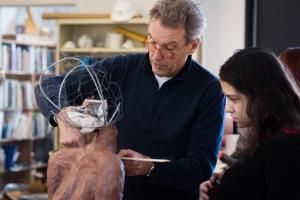
“At too many other colleges, the cultivation of individual achievement, particularly in the visual arts, is attained passively by setting a problem and leaving students to find their own way towards solutions,” Tim says. “At Marlboro, open inquiry, shared critique, search for subjects and solutions that matter, early introduction to history and theory, and emphasis on individual exhibition all add up to something quite powerful.”
Tim was able to balance these individualized academic demands with his continued work in the studio, and he shared his sculptures at shows in Vermont, Massachusetts, and New Hampshire. He was also instrumental in the planning and implementation of the new Snyder Center for the Visual Arts, which includes an attractive new exhibit space.
“I loved Tim’s flexible teaching style, and his willingness to guide you down whatever path or project you wanted to pursue,” says Kathryn Lyon ’14, who did her Plan in both biology and visual arts, and is now applying to graduate architecture programs with support from Tim. “It’s been exciting to talk to him about how my ideas have developed since graduating from Marlboro and to see his influence on my career goals today.”
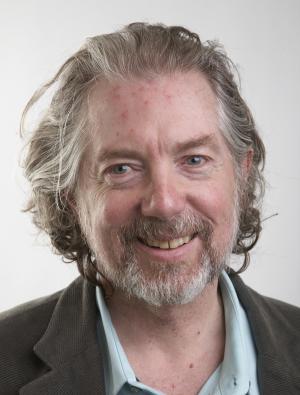
Jay Craven, professor of film and video studies, also started at Marlboro in 1998. He says of his time at the college, “I’ve most enjoyed my students, who have kept a lively conversation going for all of these years. Many of them have become second family for me.”
In addition to working with students in class and tutorials, Jay worked with them on nine film projects, including three feature movies produced through the Movies from Marlboro program. This unique-in-the-nation film intensive program brought a hundred students to campus, from more than 20 colleges, to collaborate in the production of ambitious films, from the Vermont portrait Northern Borders to the futuristic noir thriller Wetware.
“The Movies from Marlboro program provided the kind of transformational, experiential learning that education pioneer John Dewey urged with his call for intensive learning that enlarges meaning through ‘shared experience and joint action,’” says Jay. Students working with Jay also mentored high school kids during summer film intensives in the late 1990s and early 2000s.
“I apply the lessons I learned from Jay every day, both in the classroom and on the set,” says Brad Heck ’91, who is currently teaching film studies at Marlboro and producing documentaries with Willow O’Feral ’07, such as their recent Arming Sisters (Potash Hill, Spring 2015). As a student, Brad worked with Jay as a camera operator and cinematographer, and after graduating he worked extensively on the Movies from Marlboro program. “Jay has always held me to the highest standard as both a student and collaborator.”
“I think we raised the level of work in filmmaking and exposed students to opportunities to explore experimental, documentary, and narrative forms—and to learn more about film theory and the history of world cinema through film studies classes,” says Jay. “Many students who have wanted to go on and work in film have done so, in various capacities. Each carried something valuable away from their experience at Marlboro.”

“Part of what makes Jay a great teacher is his ability to propel students into meaningful experiences,” says Amanda Wilder ’07, who directed the award-winning documentary Approaching the Elephant, produced by Jay. “If there was one thing Jay wanted you to do, it was find your personal vision. Uninterested in commercial Hollywood thinking, he sees film as art, a medium for self-expression, and was excited if you did too, immediately or eventually.”
Jay enjoyed collaborating with faculty members over the years, from co-teaching a class with sociology professor Jerry Levy on 20th-century war films to working with Asian studies professor Seth Harter to produce an Asian Film Festival. Marlboro benefited greatly from a partnership with Jay’s nonprofit organization, Kingdom County Productions, to produce four seasons of campus and community performances.
“As a mentor, Jay always put me on an equal playing field,” says Mike Harrington ’03, director of the Wandering Reel Traveling Film Festival. “Jay inspires an appreciation of cinema that thinks outside of the mainstream box, and that’s the number one thing I look for when selecting films for my festival. He empowers his students to develop their own ideas, tell their own stories, and follow them through to the end.”
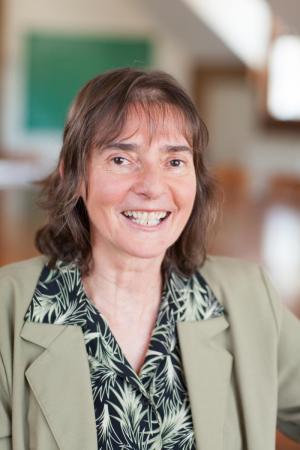
Politics professor Lynette Rummel joined Marlboro in 1993, following a three-year stint as a Fulbright-Hays lecturer in Tunisia. “The most rewarding part of teaching at Marlboro has been learning that education is a conversation,” says Lynette. “I started out thinking I had something to ‘teach’ my students. But small, non-required classes allowed my students to teach me—over and over and over again. I’ll miss being forced to be constantly learning.”
Lynette was an avid supporter of the World Studies Program (WSP), where she did a turn as director, and global learning in general. She collaborated on many Plans of WSP students and others with international components over the years, from global food institutions to changing economics and lifestyles in Vietnam.
“I’ve had so many interesting Plans,” says Lynette. “I’ve had a student who went to Albania, one who went to Senegal, another who went to Panama—all over the world. They become my eyes and my ears, another way for me to travel. And I love them all—I wouldn’t want anyone of them to think they are not my favorite.”
“Having Lynette as my Plan sponsor was a delight, an honor, and a great learning experience,” says Kelsa Summer ’13, assistant director for graduate and professional studies, who did her Plan on international development and social change. “Lynette taught me to always look for the bigger system, the more complex picture, and to take the most empathetic viewpoint. I especially enjoyed our tutorials at Lynette’s house, improved even more by the participation of Razzle the dog.”
Lynette greatly enjoyed research trips abroad, including a trip to the fledgling nation of Macedonia to conduct research on ethnicity, identity, and nationalism, and to Mali to explore trends presented in her African Politics class. But the highlights were collaborative learning on faculty-led trips with colleagues: to China with Seth Harter (Asian studies), John Willis (photography), Amer Latif (religion), and Felicity Ratté (art history); to Kenya with Jaime Tanner (biology); and to Nepal with Catherine O’Callaghan (assistant dean of academic advising and support).
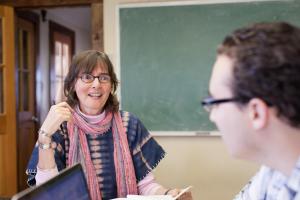
“Lynette was like a campus rockstar—drawing students in with her vibrant personality, sardonic wit, and perspicacity,” says Jonah Nonomaque ’17, who collaborated with her during the trip to Nepal on a research project about conversion to Protestantism. “Lynette encouraged ideological diversity and was respectful of all students’ points of view but had no problems picking apart fallacious arguments. She did this not to assert her own superior knowledge but to encourage us to become better critical thinkers and become comfortable with tackling hard questions.”
“When I think about my Marlboro experience, I mostly think of the people who made it such a formative one for me. Lynette is at the top of that list of amazing people,” says Sokol “Koli” Shtylla ’01, COO for Swanee Hunt Alternatives, a foundation advancing women’s inclusion in peace and security processes around the world. “She inspired me and others to always think of ourselves as citizens of the world, aware of history in order to learn from the past, but idealistic about the future and our ability to impact it.”
